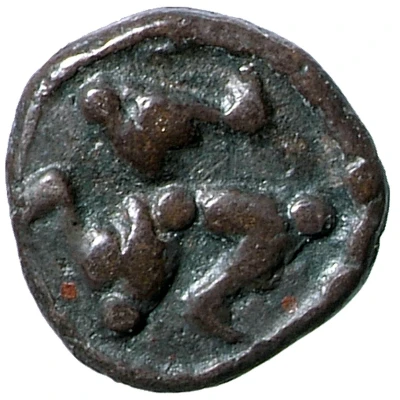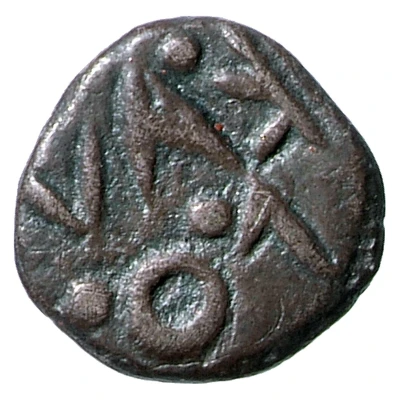


© Trustees of the British Museum
Diobol 500 BC - 480 BC
| Silver | 0.80 g | 8.5 mm |
| Issuer | Kaulonia (Bruttium) |
|---|---|
| Type | Standard circulation coin |
| Years | 500 BC - 480 BC |
| Value | Diobol (⅓) |
| Currency | Achaean drachm |
| Composition | Silver |
| Weight | 0.80 g |
| Diameter | 8.5 mm |
| Shape | Round (irregular) |
| Technique | Hammered |
| Demonetized | Yes |
| Updated | 2024-10-09 |
| Numista | N#384952 |
|---|---|
| Rarity index | 100% |
Reverse
Pellets between two-lined legend.
Script: Greek (retrograde)
Lettering:
KAV
ΛO
Interesting fact
The Diobol coin from Kaulonia (Bruttium) was used as a form of currency in ancient Greece and has a unique design. One side of the coin features a mythological creature called a "diobol," which is a combination of a bull and a lion. This design was meant to symbolize the strength and power of the city-state of Kaulonia. The other side of the coin features a helmeted warrior, which represents the military prowess of the city-state. The use of these symbols on the coin reflects the cultural and political values of the time period.